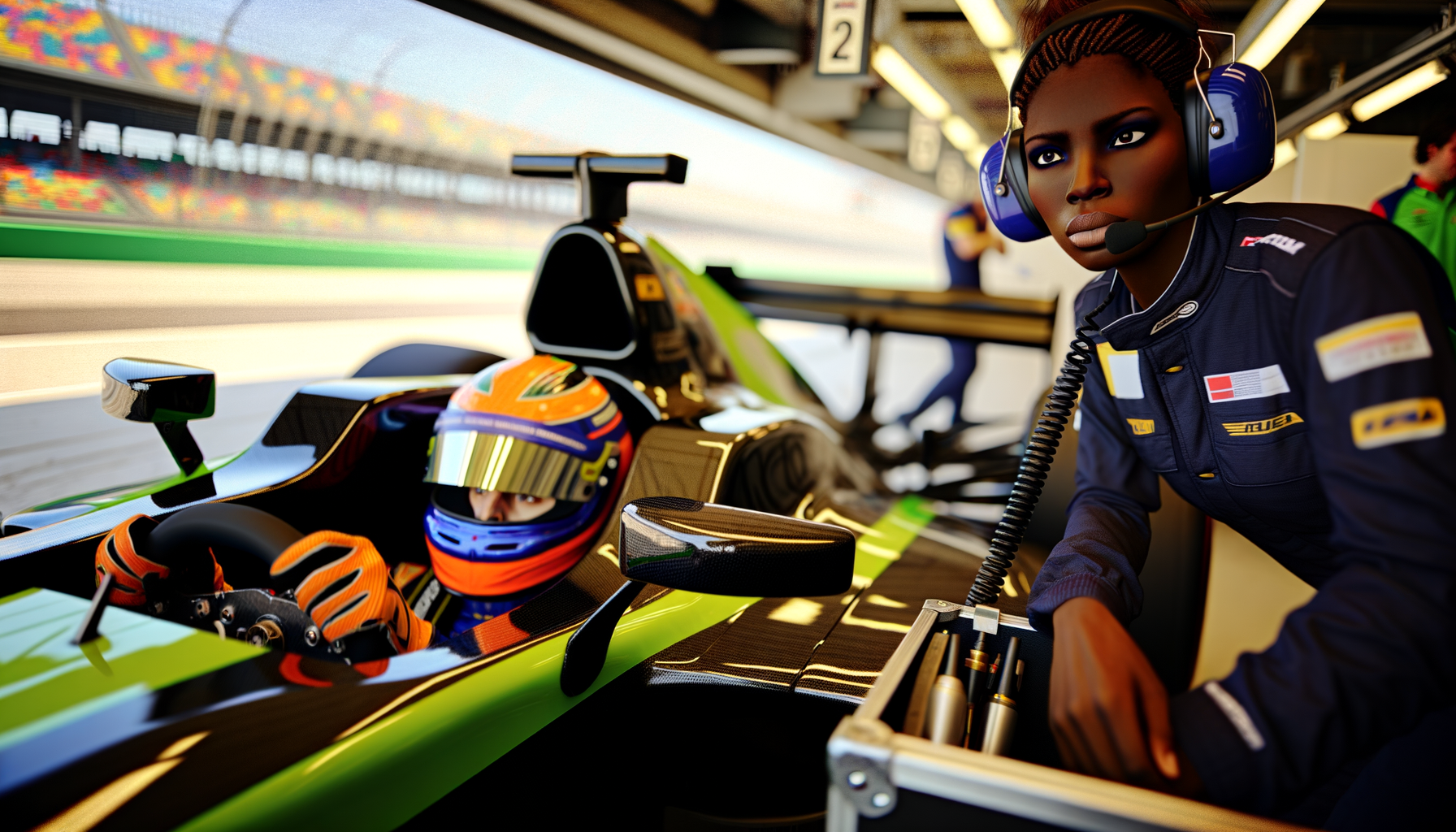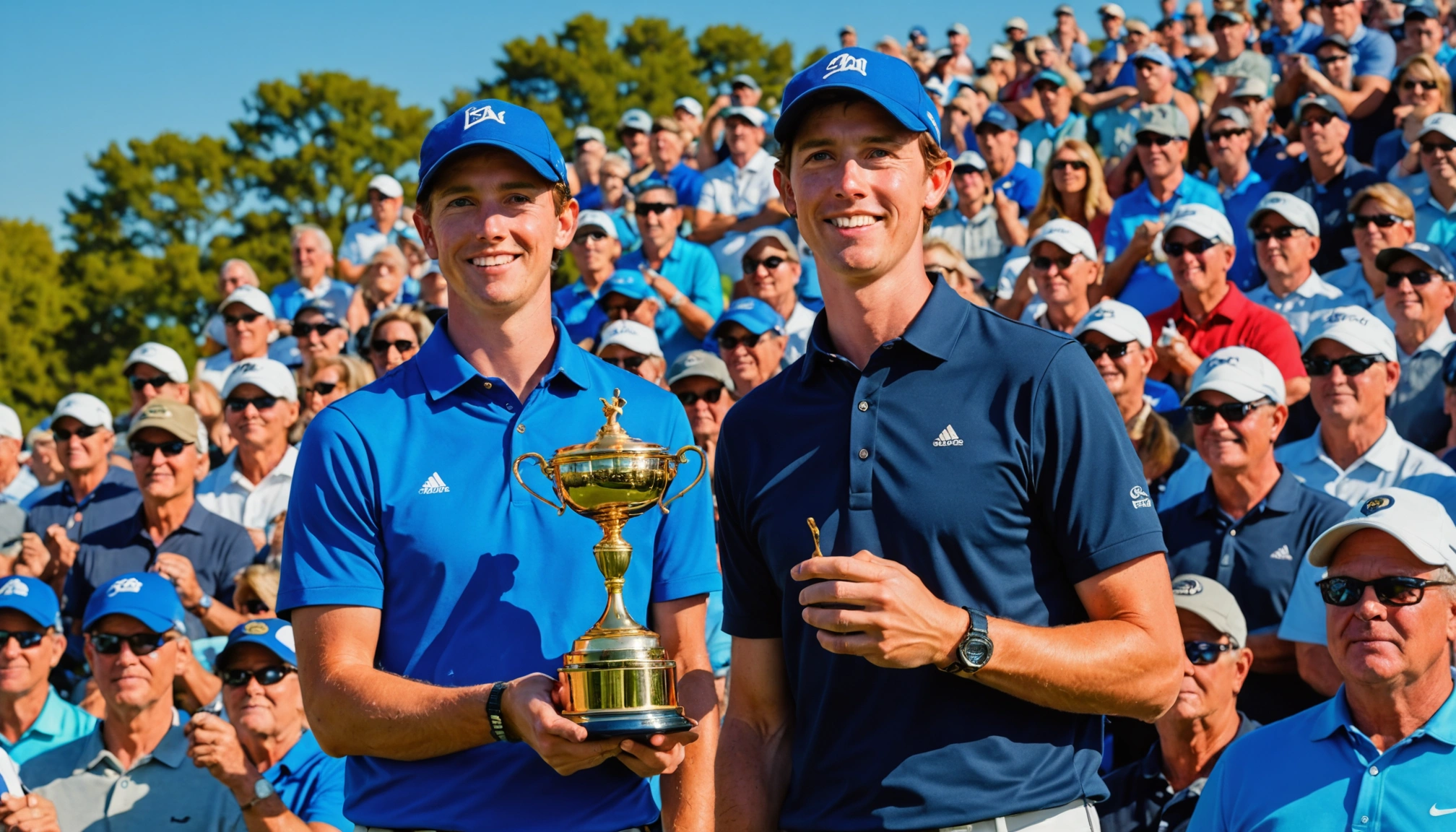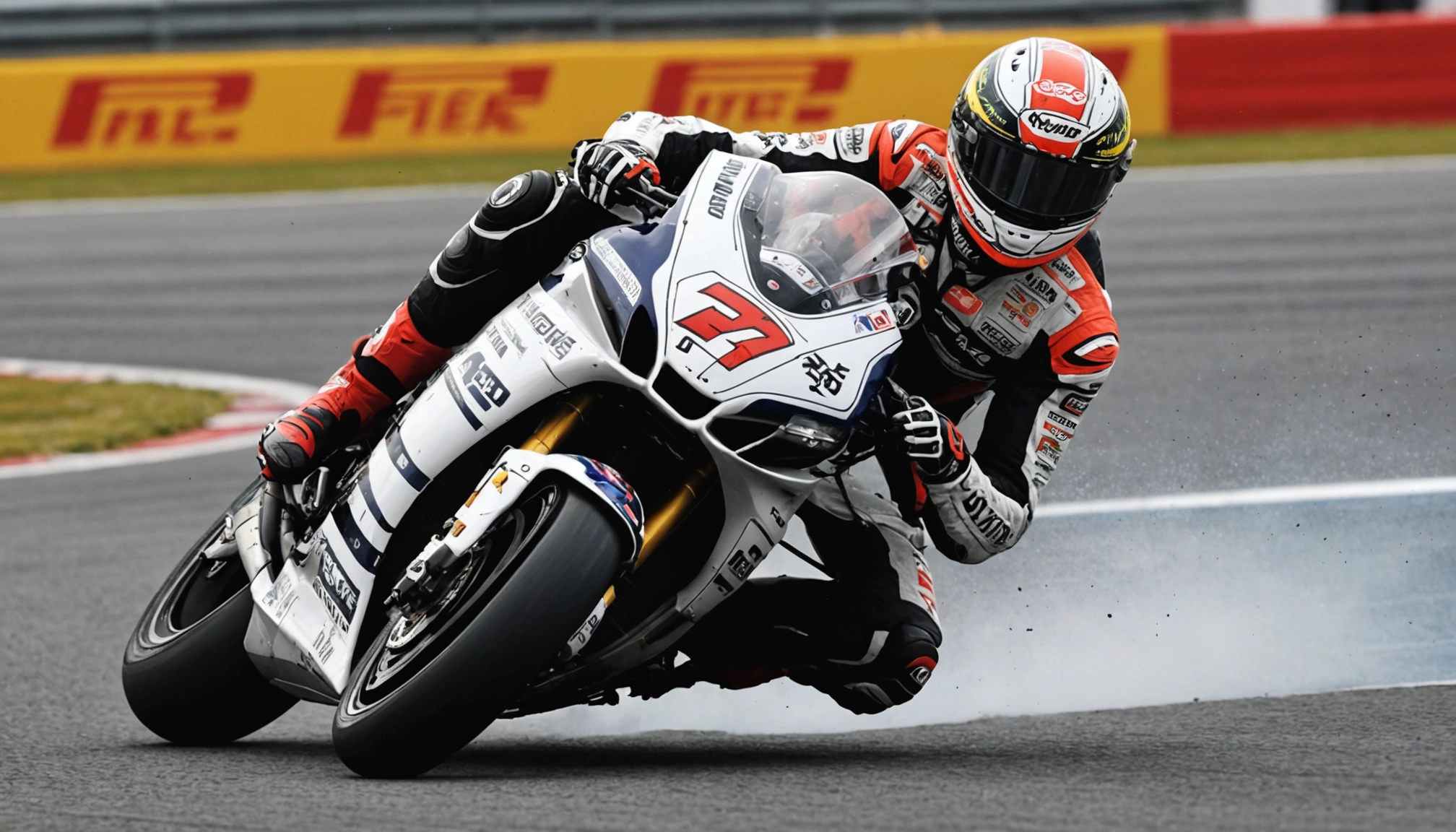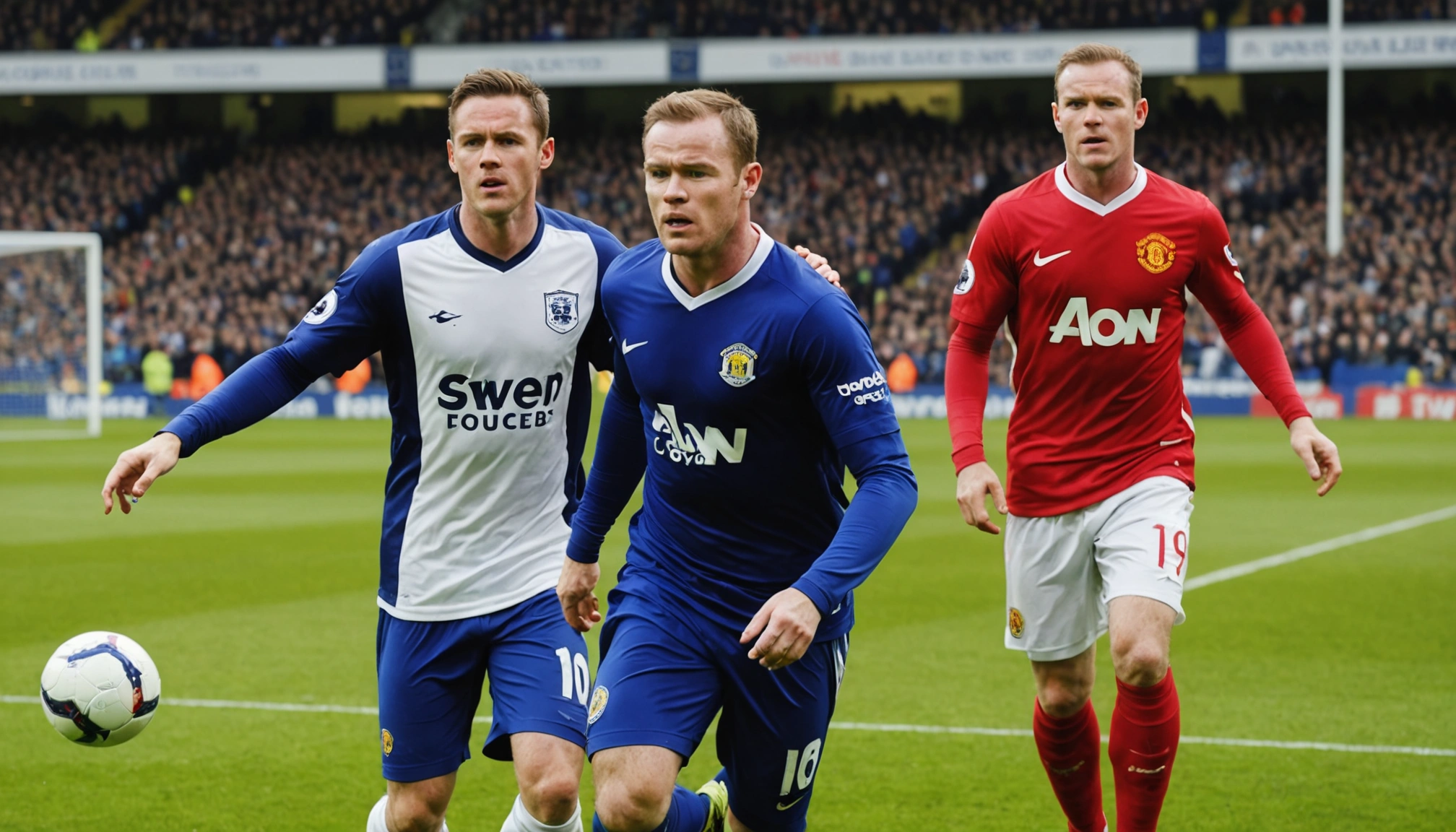How Denny Hamlin’s Crew Chief Change Sparked A Winning Streak
Discover how Denny Hamlin’s surprise crew chief change revitalised his NASCAR season, delivering unexpected success and strategic edge.

By Editorial
Introduction To Denny Hamlin's Crew Chief Change
Denny Hamlin, a prominent figure in NASCAR, recently made a surprising move by switching his crew chief mid-season. This unexpected decision has not only caught the attention of motorsport fans worldwide but has also proven to be a masterstroke, revitalising his performance on the track. In this article, we explore the reasons behind this change, its immediate impacts, and what it could mean for the rest of Hamlin’s season.
The Role Of A Crew Chief In NASCAR
Before delving into Hamlin’s specific situation, it’s crucial to understand the significance of a crew chief in NASCAR. The crew chief is akin to a team’s strategic brain and leader on race day. They manage car setups, pit stop strategies, and communicate directly with the driver to make real-time decisions. A strong rapport between driver and crew chief is essential for competitive success.
Why A Change Can Be A Game Changer
Changing a crew chief mid-season is a bold move that can disrupt team dynamics but also inject fresh energy and new perspectives. For Hamlin, the move was driven by a need to break a cycle of underwhelming results and to find a competitive edge as the season progressed.
Details Of Denny Hamlin’s Crew Chief Switch
Hamlin replaced his long-time crew chief with a new strategist who brought a different approach to race tactics and vehicle adjustments. This change was announced quietly but quickly became a talking point in NASCAR circles due to its timing and potential impact.
Within just a few races, Hamlin’s results showed marked improvement. Notably, his lap times became more consistent, and his pit stop efficiency improved, which are critical factors in NASCAR success.
Immediate Impact On Hamlin’s Performance
The crew chief switch coincided with Hamlin climbing the race standings and securing better finishes than earlier in the season. Analysts noted that the team’s adjustments to car setups were more adaptive to varying track conditions, reflecting the new crew chief’s strategic flexibility.
This turnaround exemplifies how leadership changes can directly influence performance metrics in motorsports, where every second counts. Hamlin’s renewed confidence behind the wheel also suggests a strengthened driver-crew chief relationship, a key ingredient for future victories.
Case Study: Performance Data Post-Change
- Average finish position improved by 3 places in the first five races following the change.
- Qualifying times improved by an average of 0.2 seconds per lap, a significant margin in NASCAR terms.
- Pit stop times reduced by nearly half a second, shaving crucial seconds off race time.
Strategic Advantages Of The New Crew Chief
The new crew chief brought a data-driven approach, leveraging advanced telemetry and race analytics more aggressively. This allowed Hamlin’s team to anticipate rivals’ moves and fine-tune strategies mid-race, a key factor in the improved outcomes.
Moreover, the fresh leadership style reportedly improved team morale and communication, which are often overlooked but vital elements in a high-pressure environment like NASCAR.
What This Means For The Rest Of The Season
Given the positive trajectory, Hamlin’s team appears poised to contend strongly in upcoming races. The adaptability and responsiveness introduced by the new crew chief could be decisive in a tightly contested championship.
Fans and commentators alike are now watching closely to see if this momentum can be sustained, potentially culminating in significant wins as the season unfolds.
Broader Implications For Motorsport Teams
Hamlin’s experience underscores a broader lesson for motorsport teams: sometimes bold changes can unlock hidden potential. It encourages teams to evaluate leadership roles critically and remain flexible in their approach to team management.
For those interested in parallel sporting strategies, consider how other sports, like boxing, benefit from fresh coaching perspectives, as illustrated by Molly McCann’s bold move in boxing ambitions and UFC legacy.
Conclusion: The Power Of Strategic Change
Denny Hamlin’s surprise crew chief change is a compelling example of how strategic leadership shifts can revitalise a sports team’s fortunes. By embracing new tactics and fostering stronger communication, Hamlin’s team has gained a competitive edge that could define their season.
For motorsport enthusiasts keen to keep up with similar game-changing moves, Sky Sports for EFL fixtures offers insights into how team dynamics influence outcomes across sports.
Ultimately, this case highlights the importance of adaptability, innovation, and decisive leadership in achieving sporting excellence.
Related topics
Editorial
Sports expert at SportsScoop
Specialist in sports analysis and journalism
Related articles
Want to read more?
Explore our comprehensive collection of sports articles and analysis, or contact us for more information.



